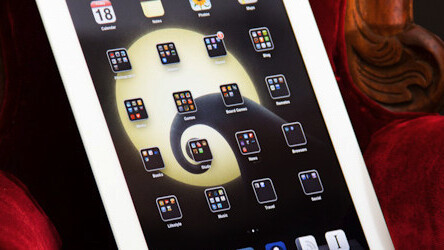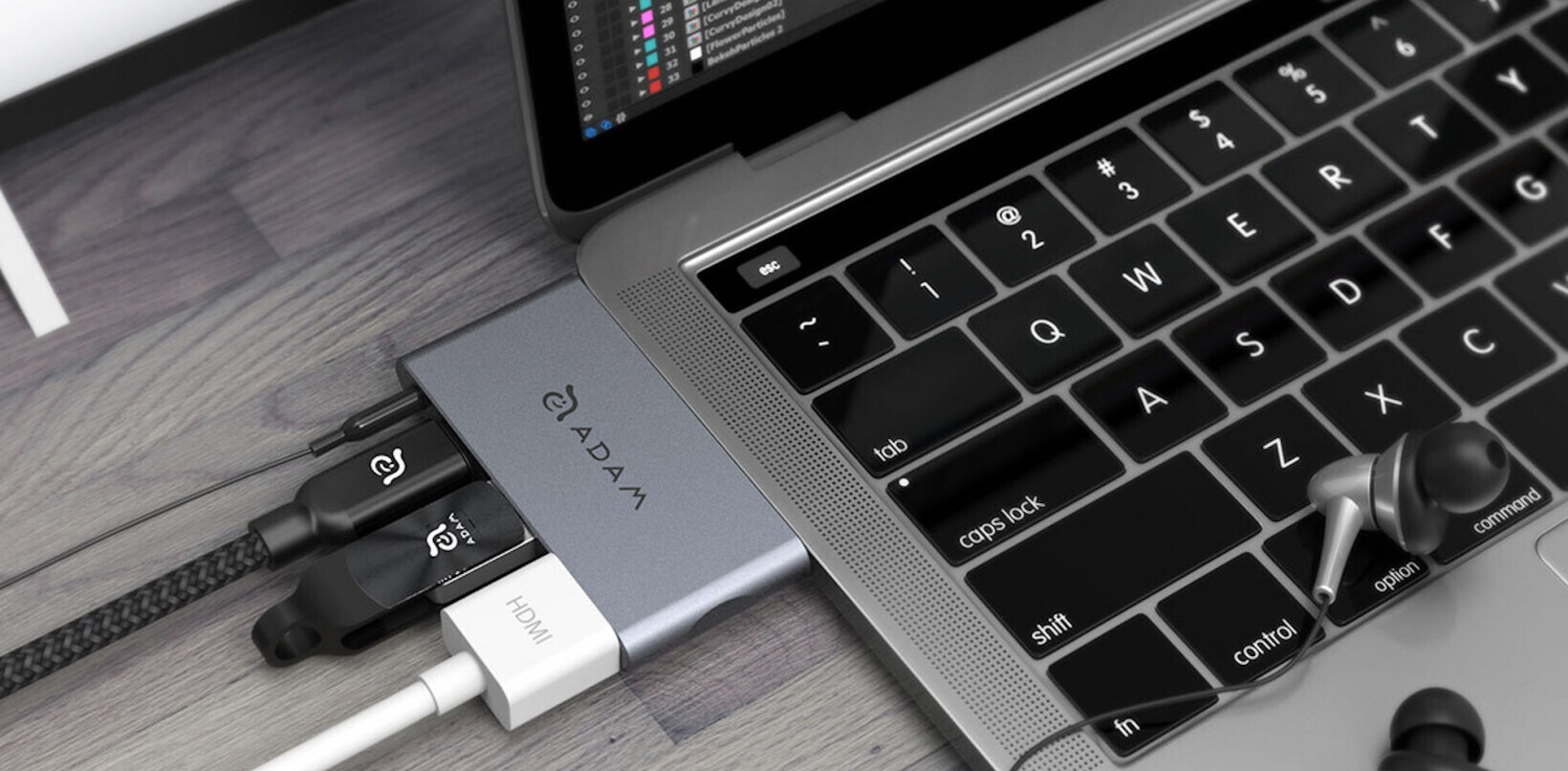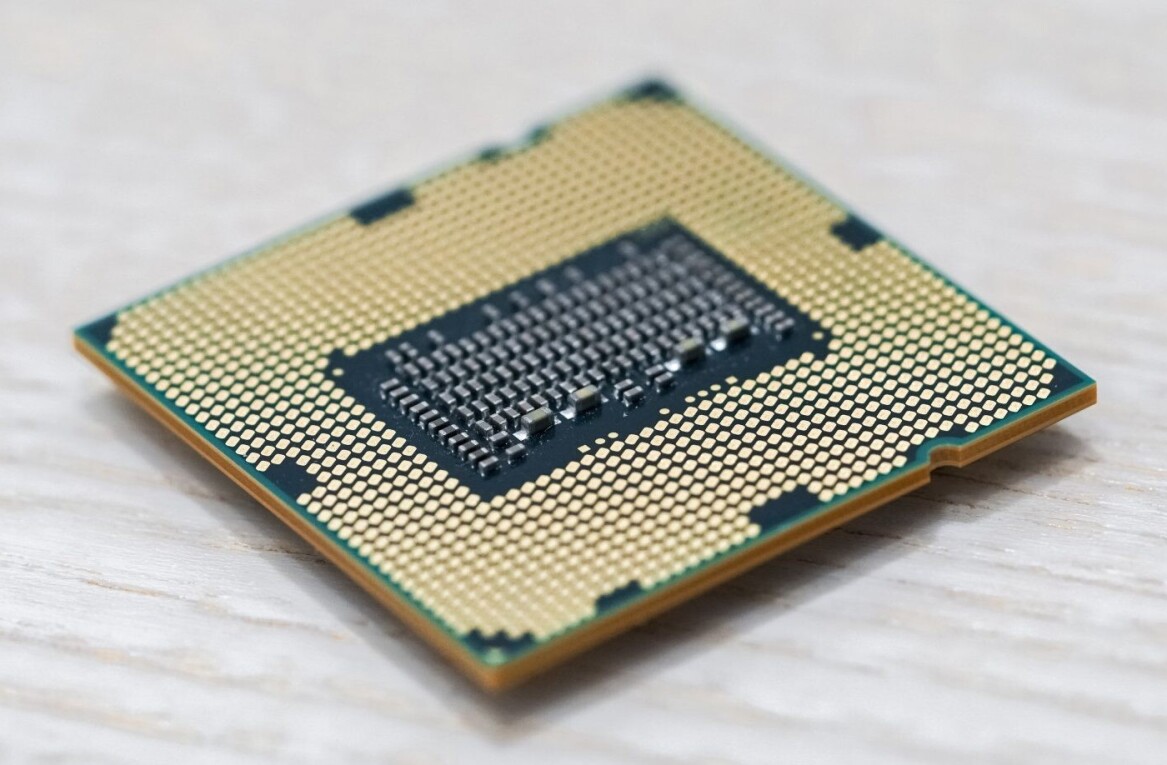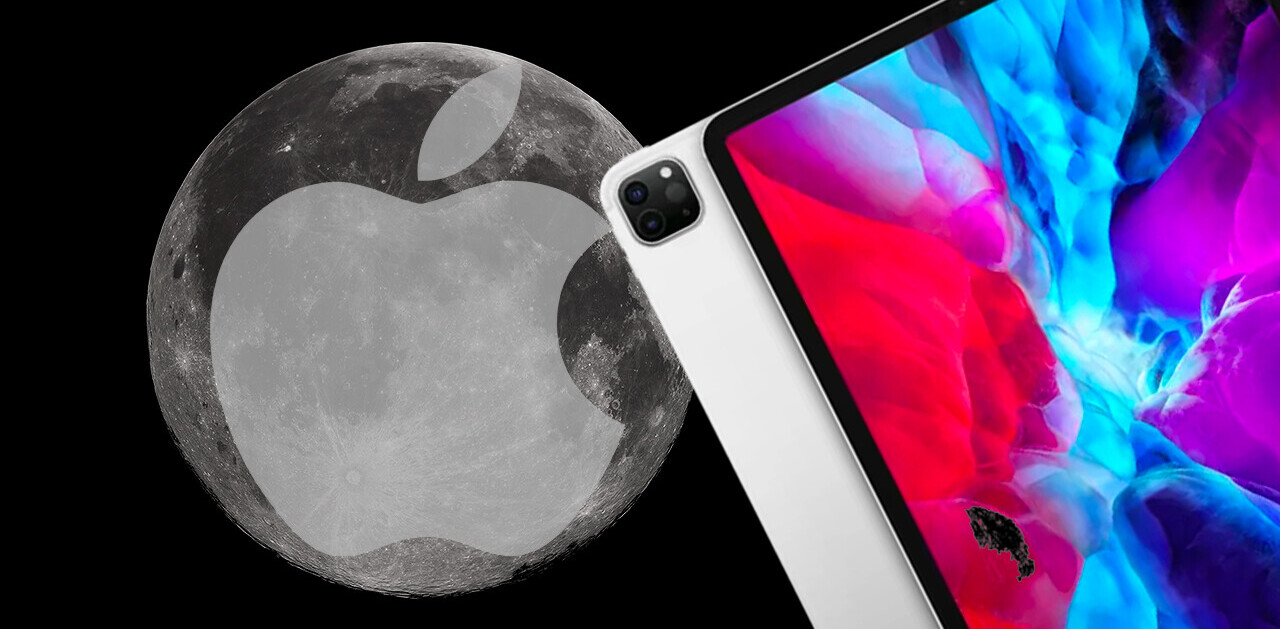
With the release of the HP TouchPad this Friday, that will bring the tablet market up to four major manufacturers offering what is, ostensibly, an alternative to the iPad. HP, Motorola, RIM and Samsung all have tablet devices that offer attractive specs in arguably decent looking packages, yet none of them can seem to catch a break when being compared to the iPad 2.
If you read the conglomerate reviews of any of these tablets you will invariably get to the bit where it says, ‘Can I recommend buying this instead of an iPad?’, and the answer is always ‘no.’
Sure, there are qualifiers and in some cases, very real ones, that make one of these options more attractive to certain buyers. If you’re already a BlackBerry user, for instance, I suppose that there may be some compelling reasons for you to consider the PlayBook. But by-and-large the conclusions have been unanimous that, while these tablets are well specced and offer some intriguing singular options, there is just no way that the reviewer can conscientiously recommend them over an iPad.
In many of these cases, there are probably a lot of reasons why they’re not as good, and most of them seem to have their fair share of issues. But I can give you one reason that I’ve found to be evident across all of the tablets that I’ve tested personally and that seems to be present in the ones that I haven’t yet, going by the reviews: The fluidity and immediacy of touch response in the user interface.
The iPad, along with the iPhone and all of the other iOS devices with a capacitive touch screen, have an incredible responsiveness to touch inputs. The various elements of the user interface, or elements within individual apps all react to the touch as if they were ‘stuck’ to the end of your finger.
When you move, they move. When this behavior is absent, it’s stunningly obvious because, as humans, we all have a natural understanding of the way that things should react when we touch them.
It’s an integral part of the iOS experience and one so deeply ingrained that you may even be forgiven if you call it ‘magical’.
I brought this point out recently in my article about Apple’s use of the term ‘magic’ when describing the iPad, but I thought that it could use more attention in light of the relatively mediocre reviews of the HP TouchPad.
I’m not the only one to have noticed either. In his review of the TouchPad, Macworld’s Jason Snell had this to say about the responsiveness of the tablet’s interface:
Sometimes I think one of the most important achievements of Apple’s iOS development team is completely overlooked by most reviewers: the fact that on iOS devices, when you move your finger, the on-screen objects under your finger move along with it. No lag, no judder of dropped frames, just a pure illusion that you’re physically manipulating an object. Almost every time I have tried a new Android phone or tablet—and when I tried the TouchPad—I am surprised to find that the interface just isn’t as responsive as Apple’s.
This issue falls into the purview of a concept called ‘user experience design‘ or UX. This is a field of design that concentrates on the ways that users interact with products. Apple is an acknowledged master of this and its products reflect that mastery in the way that the interface responds to user interaction.
The TouchPad, with its dual-core 1.2 GHz processor, is nothing shabby by comparison to its peers, including the iPad 2. While we don’t know exactly what speed the iPad 2’s processor operates at, Apple’s site lists its speed at 1 GHz, so we can assume at least that.
So the two tablets, not to mention competitors like the Xoom, are working with roughly the same amount of processing power for basic OS functions. Yet the TouchPad’s user interaction is laggy. This isn’t a unique problem either. I’ve noticed it personally on various tablets like the Xoom, PlayBook and other Android tablets that aren’t quite ‘marquee’ products.
The simple conclusion to be drawn here is that if it’s not a matter of hardware, then it has to be the software running on the tablets that’s causing the problem. If the software is the problem, then you can begin to narrow down the reason that this responsiveness issue exists in products that have shipped to the public as an ‘iPad alternative’.
Just do it already
Let’s take a look at the probable reasons why we’re seeing this issue crop up across all of the current crop of tablets. As far as I see it, these are your options:
- The members of the Android, QNX and webOS teams simply don’t notice the problem.
- They see it but don’t care enough about it to fix it.
- The problem is impossible to fix.
- The platform that they’re using isn’t mature enough to deliver.
1. The developers just don’t notice. This option is simply impossible . With just a few minutes of use, almost anyone who is evaluating the UX of the Motorola Xoom, for example, can see that while individual processes may run well, the touch response lags well behind what you see in the iPad, iPhone or iPod. There is no way that a team dedicated to testing the software of these tablets is not looking at an iPad and saying ‘yeah, that’s a lot faster than what we’ve got.’
2. They don’t care. Once again, It’s fairly easy to eliminate this. Regardless of what brand allegiances you may have, there are individuals that make up the software design teams of all of these products. They’re working hard to do what they can to make good products.
Plenty of products are rushed out of the gate because of corporate decisions, but, given the chance, any good software team would want to make their products the best they can be. Rest assured that there are many very, very good developers working on webOS and QNX, as well as talented people tasked with making Android work on Motorola’s hardware and Samsung’s hardware.
3. It’s impossible. This is where it gets a bit murkier. It would seem at first glance that we can just cross this one off because if you take it in the absolute, it’s clear that that the iPad 2 is doing it, so it should be possible for other tablets as well.
The problem is that we’re dealing with two very different categories of tablet product here. The first category, which includes the iPad, the PlayBook and the TouchPad, uses an operating system owned by its manufacturer. The second, which includes pretty much the rest of the market, uses Android.
Android is an OS, derived from Linux, that runs on tons of devices of various shapes, sizes and purposes. Google is even shoving it into lightbulbs now. It’s a very flexible OS, but it wasn’t designed to work on tablets, or even full touchscreen devices, originally. It’s been modified and improved massively since Google acquired it in 2005, but it is a relatively young OS, built on an open-source kernel.
The PlayBook’s OS, QNX, with its quirky distributed kernel approach, has also been ported to many devices, but the version that appears on the PlayBook is literally indistinguishable from past versions. The PlayBook has a lot of flaws but scrolling, dragging and zooming aren’t among them. While the touch experience is still behind what the iPad offers in terms of ‘stickyness’, it’s actually well ahead of the more powerful Xoom.
There is a very real possibility that it is simply not possible to deliver a flawless touch experience on any OS that hasn’t been designed (or redesigned) from the ground up to be a touch UI. But what about webOS? That brings us to the last point.
4. The platform just isn’t mature enough. The version of iOS running on the iPad, originally iPhone OS, wasn’t built completely from scratch. It was crafted on the foundations of OS X, an operating system with 5 years refinement behind it and by a company with over 20 years of personal platform-building experience.
Those years of experience in building platforms are a fundamental difference between Apple and any other company making a tablet today. One that isn’t addressed nearly enough when people are talking about the dominance of iOS.
By comparison, webOS has only been around 3 years. It’s an incredibly young OS that may just need time to get where it needs to be. But that might not be the only reason that webOS seems to demonstrate a persistent sluggishness in its touch interaction.
Developer David Barnard, of App Cubby, made this observation last night via Twitter: “I don’t think the original Palm team realized how long it would take hardware speed to negate the drawbacks of HTML/CSS/JavaScript.”
Barnard is referring to the fact that webOS uses technologies found in web development, like JavaScript, to power its apps and services, rather than on natively compiled code, as is the case with iOS. These web technologies make it very easy to develop applications for webOS, especially for those used to crafting applications for the web. But they also make it harder to get quick response times out of the touch interface as they require more processing power to run smoothly.
By comparison, the iOS platform uses natively compiled code to build its core apps and offers frameworks for developers that tie into myriads of tweaks that the iOS software team has made to improve the performance of the touch interface. Apple has the basics down but they’re never satisfied, always tweaking and prodding the OS to make sure that the interface never loses its ‘stickyness’.
As hardware in phones gets faster, and the webOS team continues to optimize the experience with tweaks of their own, we should see improvements in touch response and user interaction delays. That is assuming that the webOS platform sticks around long enough to give us more generations of hardware, of course.
A turning point
It has taken what seems like an abnormally long time for other tablets to catch up to the sheer responsiveness and immediacy of the iPad’s OS. That failure is easier to understand when you look at it with the perspective of a 27-year veteran platform developer like Apple going up against comparatively younger operating systems with a long way to go.
At some point, though, there will be a turning point. The other tablet operating systems will catch up to our fingers and start delivering immediate touch response, just like iOS. This is when we will start to see tablets that truly compare to what the iPad 2 offers us now.
Unfortunately, Apple has already moved beyond the iPad 2 and is now crafting its next generation of tablet while its competitors are just introducing their first. It’s an uphill battle for the challengers and one that Apple doesn’t aim to make any easier in the years to come.
All that we know for sure is that we’re going to be the ones that benefit from having some incredible, and responsive, tablet products to play with.
Get the TNW newsletter
Get the most important tech news in your inbox each week.




